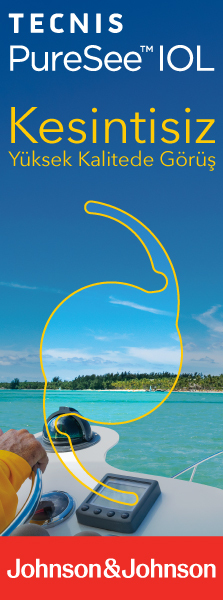2Psychiatry Specialist, MD, Erenkoy Mental Research and Training Hospital, Istanbul, Türkiye DOI : 10.37844/TJ-CEO.2024.19.13 Purpose: To compare the rates of depression and anxiety in glaucoma patients and glaucoma subtypes with individuals without a glaucoma diagnosis.
Materials and Methods: This cross-sectional study included 132 glaucoma patients and 65 control patients of similar age and gender. A 13-item sociodemographic form, a 21-item self-report question, Beck Depression Inventory-II (BDI-II) and Beck Anxiety Inventory (BAI) have been filled by all participants. BDI-II scores for depression ranged from 10-16 points for mild depression, 17-29 points for moderate depression, and 30-63 points for severe depression. According to the BAI results, mild anxiety ranged from 8-15 points, moderate anxiety ranged from 16-25 points, and severe anxiety ranged from 26-63 points.
Results: BDI-II mean score of the glaucoma group was 10.14±7.1, and it was 8.5±6.9 in the control group; The mean score of the BAI scale was 9.08±7.8 in the glaucoma group, and it was 8.17±7.8 in controls (p=0.109, p=0.207, respectively). Depression rate was 50.8% in the glaucoma group, 44.6% in the control group, and anxiety rate was 46.2% in both groups (p=0.628, p=0.624, respectively). Although the mean scores of BDI-II and BAI and the rate of depression were higher in the glaucoma group, there was no statistically significant difference. No significant difference was found in glaucoma subtypes either. In all participants, women had a higher depression and anxiety rate than males. (p=0.045*, p=0.002**, respectively)
Conclusion: There was no significant difference in the rates of depression and anxiety in glaucoma patients compared to the control group according to the BDI-II and BAI scales. However, the rates of depression and anxiety in both groups were higher than the prevalence of these diseases.
Keywords : Anxiety, beck anxiety inventory, beck depression inventory-II, depression, glaucoma




